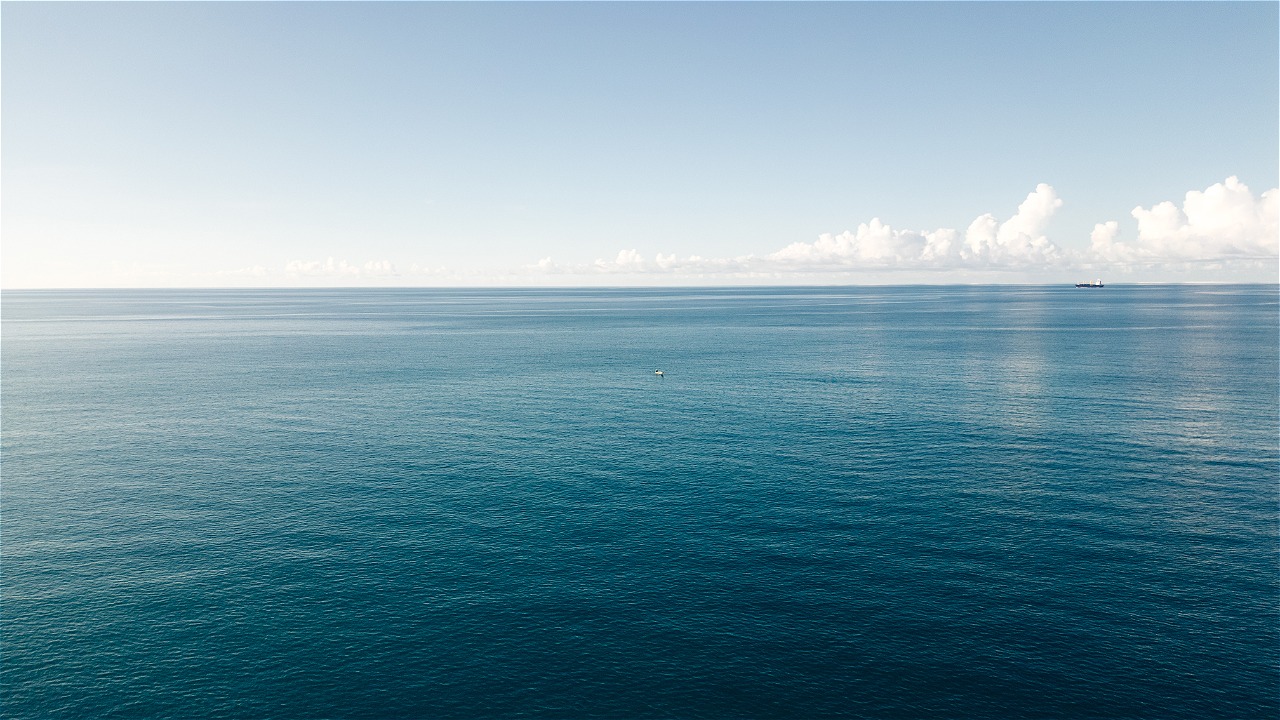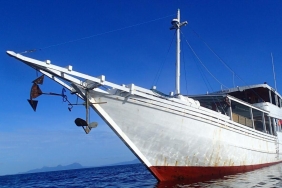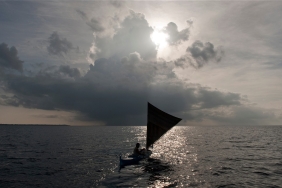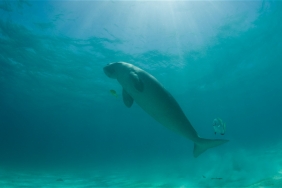A CLOSER LOOK AT THE TOURISM SCROLL IN THE OLD FISHING VILLAGE, RINTJA
By: I Made Bayu Gunantara (Sekolah Tinggi Pariwisata Bali Internasional (STPBI), Responsible Marine Tourism Intern, WWF-Indonesia)
In 1966, Andries Hoogerwerf, a Dutch naturalist and conservationist noted that the most interesting species specimens from Komodo and Rintja Island (Rinca) were the gray-shouldered eagle (Accipiter novaehollandiae), the great crested newt (Coracina novaehollandiae) and the timor finch (Filemon buceroides).
Hoogerwerf's findings not only provide an important 'connection' between Rintja and other islands in Flores, but also inspire many to look further into the rich flora and fauna of the Flores Islands.
Rintja is an island that can be reached in one hour by sea from Labuan Bajo. From afar, Rintja Island looks like a green dot surrounded by blue sea. The highest point of Rintja island is calculated from Mount Ora (670 meters above sea level). Those who visit Rinca Island generally wish to see the Komodo dragon species at a location called Loh Buaya.
As part of the Komodo National Park area, Loh Buaya also receives extra attention from the park staff. Several things are strictly regulated, ranging from guest visits, guest escorts, to how to interact when observing dragons. The conservation aspect is combined with the safety aspect.
After komodo dragon observation, the majority of tourists do trekking walking along old cliffs with dry, rocky landscapes, and through brownish yellow green bushes. To complete the tour, post-trekking activities are usually followed by visiting the trails in Rintja Village, seeing Batu Balok and Kalong Cave and enjoying the orange-red sunset that fills the sky.
Rintja Village, where I stayed for ten days, is an old village believed to be 200 years old. "Our ancestors started their journey from Solor Island, East Flores and decided to live here," said Ibrahim Hanso, secretary of Rintja Village.
As many as 90 percent of the 300 inhabitants work as fishermen and depend entirely on marine resources and of course the weather. "If the weather is bad, then the fishermen just rest at home without any other activities. Their only skill is to go to sea and catch fish," explained Abu Bakar, a resident of Rintja Village.
Normal weather is usually characterized by routine activities; boats are pushed out to sea, fishing rods and nets are prepared, fish that have been cleaned and salted are taken out again to get enough sun. Parents' burden to earn a living usually drives their children to join them at sea. I met Aldi (13 years old), one of the school-age children who used to go to sea accompanying his father or uncle.
"I'm often late for school, and usually get punished by the teacher for missing lessons," Aldi explains. Of course, Aldi is not alone. Dozens of children share their parents' burden to earn more money. They leave school and go to sea with dreams in mind; to become teachers, policemen, doctors, forest rangers and soldiers.
Edi and Asgar, two young men who were lucky enough to complete secondary and tertiary education. Inspired by the development of tourism, Asgar continued his education at the Mataram Tourism Academy and Edi chose the Bandung Tourism College.
"We hope our island will develop and the people here will benefit from tourism," says Asgar. They both decided to return to Loh Buaya (Rintja Island) and Loh Liang (Komodo Island) to put the knowledge they had gained on campus into practice.
"Our village can really be developed as a tourist destination. We have many interesting things here," Asgar said. He refers to the potential of Gua Kalong, Batu Balok, cultural diversity, and culinary specialties.
According to him, if tourism is developed, and the understanding and skills of the residents of Kampung Rintja are improved, then Kampung Rintja can grow as a tourist area which in turn can become an alternative source of income for the residents of Kampung Rintja.
Marine biodiversity has made the waters around Rintja as popular as it is today. Where the younger generation of Rintja Island - like Edi and Asgar - are competing to take part in the development of tourism. I was fortunate to have the opportunity to volunteer and mingle with the residents of Rintja Village, visit Loh Buaya, see the tourism process being rolled out, and watch the sunrise and sunset to my heart's content.
This series of writings is part of I Made Bayu Gunantara's two-month record of supporting WWF-Indonesia and Komodo National Park programs as a community facilitator in the field of tourism. The mentoring activities are divided into three main focuses, namely marine, fisheries, and tourism. The program aims to open doors and bridge needs at the community level in Komodo National Park..





